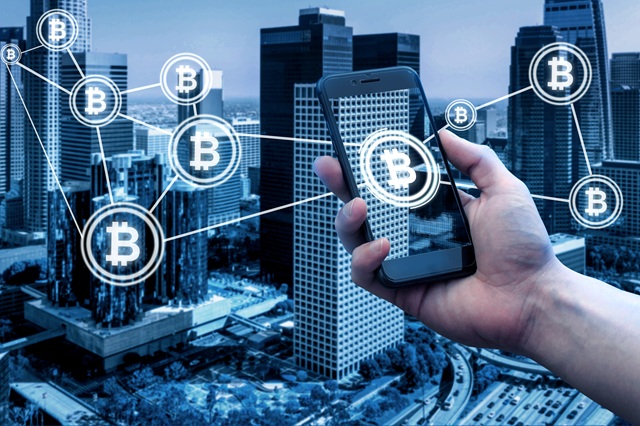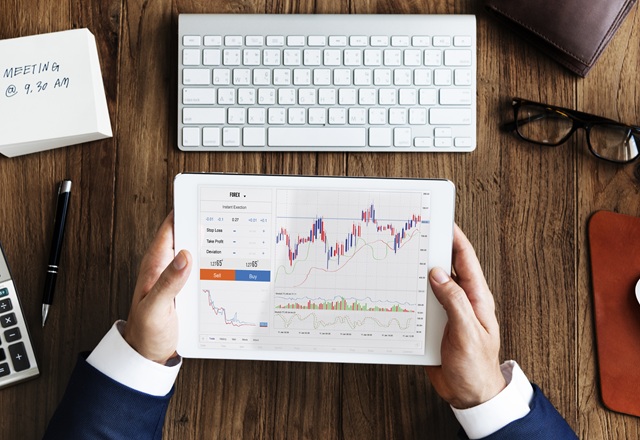
The world of trading has undergone significant transformation over the past decade, thanks to the rapid advancements in modern technologies. Among these innovations, artificial intelligence (AI) and tools like GPT (Generative Pre-trained Transformer) models have emerged as game-changers. These technologies are not just augmenting traditional trading practices but are also revolutionizing how traders analyze markets, predict trends, and execute strategies. This article explores the cutting-edge technologies shaping trading today, with a special focus on GPT Trading and AI-driven solutions.
Technology has always been a cornerstone of trading innovation. From the introduction of electronic trading platforms to high-frequency trading (HFT), the financial markets have consistently embraced tools that improve efficiency and profitability. However, the integration of AI, machine learning (ML), and natural language processing (NLP) has taken trading to an entirely new level.
GPT Trading refers to the application of generative pre-trained transformer models like ChatGPT to trading. These AI models leverage natural language processing to process and analyze textual data, such as financial news, earnings reports, and market sentiment, providing traders with actionable insights. Unlike traditional trading tools, GPT models can "understand" and "interpret" language, enabling them to identify trends and opportunities that might otherwise be overlooked.

Algorithmic trading involves the use of pre-set algorithms to execute trades automatically. These algorithms analyze market data, identify trends, and execute trades at optimal times.
Predictive analytics employs AI and ML to analyze historical data and predict future price movements. It helps traders make informed decisions by highlighting potential risks and opportunities.
Sentiment analysis tools leverage NLP to gauge market sentiment by analyzing social media, news, and other unstructured data sources.
AI-driven chatbots like ChatGPT provide 24/7 support for traders, answering queries, offering market insights, and even suggesting strategies.
Big data is a cornerstone of AI-driven trading. With the explosion of data from financial markets, news, and social media, traders now have access to more information than ever before. AI tools analyze this data to extract actionable insights.
Tools like ChatGPT are democratizing trading by making advanced insights accessible to retail traders. Previously, these tools were available only to institutional players due to their high costs and complexity.
While AI and GPT Trading offer numerous benefits, they also come with challenges:
AI models rely heavily on data quality. Inaccurate or incomplete data can lead to flawed predictions and decisions.
Overfitting occurs when a model performs well on historical data but fails to generalize to real-world scenarios.
The use of AI in trading raises ethical questions, including market manipulation and the potential for unfair advantages.
AI-driven trading strategies must comply with financial regulations, which can vary across regions.
The future of trading is poised for even greater integration of AI and GPT models. Key trends to watch include:
AI will lead to fully autonomous trading systems capable of executing trades without human intervention.
Combining AI with blockchain technology will enhance transparency and security in trading.
Quantum computing has the potential to revolutionize trading algorithms, offering unprecedented processing power.
AI tools will provide hyper-personalized trading strategies based on individual goals and preferences.
Modern technologies, particularly AI and GPT models, are transforming trading practices at an unprecedented pace. GPT Trading exemplifies how natural language processing can uncover new opportunities and improve decision-making for traders. As these technologies continue to evolve, they promise to make trading more efficient, accessible, and profitable for everyone.
For traders and investors, embracing these innovations is not just an option—it’s a necessity to stay competitive in a rapidly changing financial landscape. By leveraging AI-powered tools like ChatGPT, traders can unlock new possibilities and navigate the complexities of the market with confidence.













Get all latest content delivered to your email a few times a month.